Complete Overview of Everest Base Camp Trek Itinerary – Journey to the World’s Roof
The Everest Base Camp Trek is one of the most iconic adventures in the Himalayas, offering breathtaking landscapes, cultural immersion, and the chance to stand at the foot of Mount Everest (8,848.86m). The trail blends thrilling flights, Sherpa traditions, and stunning Himalayan panoramas — making it the ultimate dream for trekkers worldwide.
Your journey begins in Kathmandu, the vibrant capital of Nepal. Before the trek, you can explore UNESCO World Heritage Sites like Swayambhunath Stupa, Pashupatinath Temple, and Boudhanath Stupa — each a symbol of Nepal’s spiritual depth. After obtaining the necessary permits and gear, the adventure starts with a short yet thrilling flight to Lukla (2,840m), famously known as one of the most adventurous airports in the world. The aerial views of the Himalayas during this 35-minute flight set the tone for the incredible journey ahead.
From Lukla, the trail descends gently along the Dudh Koshi River toward Phakding (2,610m). This scenic route winds through pine forests, prayer flags, and charming Sherpa villages. The first day’s walk helps trekkers acclimatize gradually to the increasing altitude.
The next leg takes you to Namche Bazaar (3,440m) — the Sherpa capital and the commercial heart of the Khumbu region. Namche is more than just a stopover; it’s a place to adjust to altitude, enjoy mountain cafés, explore the local market, and visit the Everest View Hotel, where the first full panorama of Everest, Lhotse, and Ama Dablam unfolds. Acclimatization here is essential to prevent altitude sickness and ensure a successful ascent toward higher elevations.
Continuing the trek, the route winds through rhododendron forests and crosses suspension bridges toward Tengboche (3,860m) — home to the famous Tengboche Monastery, the spiritual center of the Khumbu. The monastery sits against a backdrop of Everest, Ama Dablam, and Thamserku, offering one of the most photogenic Himalayan scenes. Trekkers often time their visit with the monks’ prayer ceremonies for a deeply peaceful experience.
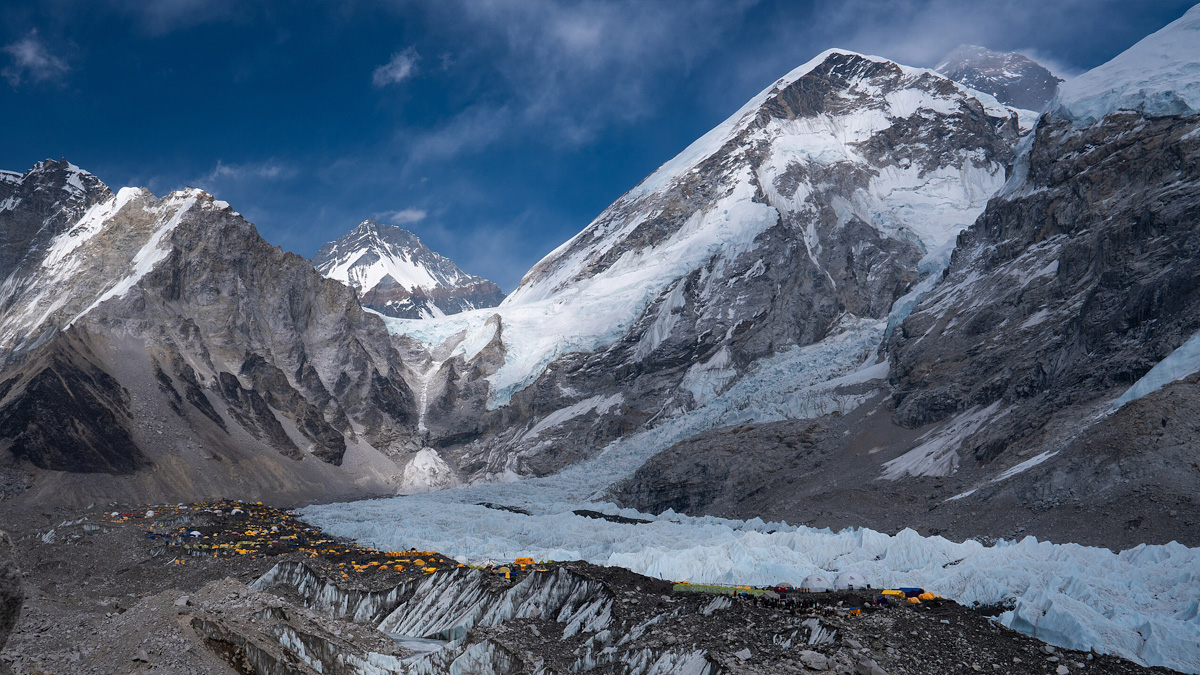
As the altitude increases, the landscape transitions from lush forests to alpine terrain. The next major stop is Dingboche (4,410m), a picturesque settlement surrounded by barley fields and stone walls. This is another acclimatization point, where trekkers can take a short hike to Nagarjun Hill for 360-degree mountain views, including Makalu and Island Peak. The air feels thinner here, so pacing and hydration are key.
Beyond Dingboche, the trail becomes rugged and dramatic as you approach Lobuche (4,910m). The terrain changes to glacial moraine and rocky paths alongside the Khumbu Glacier. You’ll pass Thukla Pass, where memorials honor climbers who lost their lives on Everest — a sobering reminder of the mountain’s power and majesty.
From Lobuche, the path leads to Gorak Shep (5,140m), the final settlement before Base Camp. The landscape is stark yet awe-inspiring, surrounded by towering peaks. From here, trekkers make the rewarding push to Everest Base Camp (5,364m) — the ultimate goal of the journey. Standing here, you’re surrounded by the Khumbu Icefall, glacial formations, and prayer flags fluttering in the icy wind. It’s a surreal moment — a culmination of endurance, spirit, and the call of the Himalayas.
The next morning, a pre-dawn ascent to Kala Patthar (5,550m) offers the best close-up view of Mount Everest bathed in golden sunrise light. The panorama also includes Lhotse, Nuptse, and Pumori — a perfect finale to the adventure.
The return journey retraces the route through Pheriche, Namche Bazaar, and Lukla, giving you time to reflect on your Himalayan achievement. Upon flying back to Kathmandu, the vibrant chaos of the city feels worlds away from the tranquil mountains you’ve just conquered.
The Everest Base Camp route offers more than a trek — it’s a personal journey of discovery. You walk through Sherpa villages, witness ancient monasteries, cross swinging suspension bridges, and trek past some of the world’s highest peaks. The combination of culture, adventure, and natural beauty makes this route the most celebrated trekking experience in Nepal.
Whether you plan your journey in 2026 or 2027, the Everest trekking trail remains timeless. With modern teahouse facilities, reliable guides, and improved trails, it’s now more accessible than ever. Each step from Lukla to Kala Patthar unfolds a new perspective — a blend of physical challenge, spiritual serenity, and the unmatched thrill of being among the world’s highest mountains.
Everest Base Camp Trek Itinerary — 12 Days & 14 Days (from Kathmandu)
Comprehensive day-by-day plans with key place details, altitude, walking time, acclimatization notes, permits, Lukla flight info, and teahouse logistics — using high-volume search keywords like Everest Base Camp trek, trekking in Nepal, Kathmandu to Lukla, Namche Bazaar, Kala Patthar sunrise, and Tengboche Monastery.
Quick facts & must-knows
- Typical classic Everest Base Camp trek is planned as 12–14 days to allow safe acclimatization and Kala Patthar sunrise views.
- The trek begins with an early morning Kathmandu to Lukla flight (≈30–40 minutes) to Tenzing–Hillary (LUA) — a short, dramatic mountain landing; flights are weather-dependent.
- Required permits: Sagarmatha National Park entry and Khumbu Pasang Lhamu Rural Municipality permit (obtain in Kathmandu or via your trekking agency).
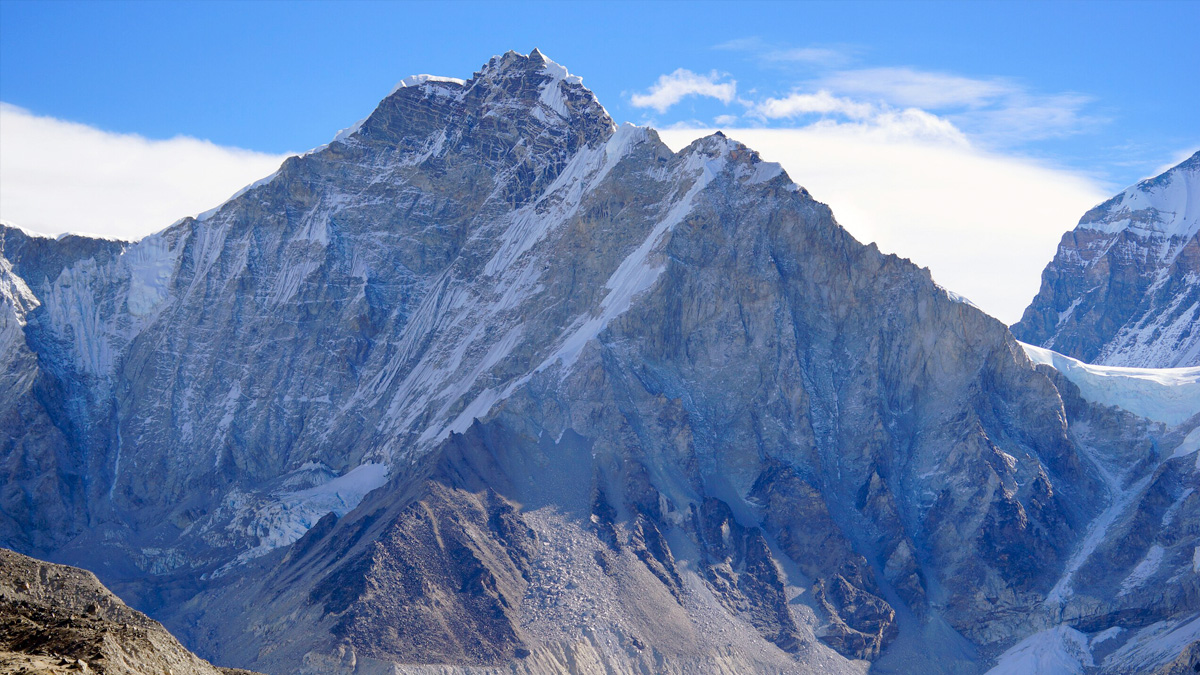
12-Day Everest Base Camp Trek Itinerary (fast but standard)
Best for trekkers who want the classic highlights (Namche, Tengboche, Dingboche, Lobuche, Gorak Shep, Kala Patthar) on a compact schedule. Expect 5–7 hours walking most days, teahouse stays, and two key acclimatization breaks built in.
Day 1 — Kathmandu → Lukla (2,840m) → Phakding (2,610m)
Early domestic transfer, scenic Lukla flight, descend to Phakding. Walking time: 3–4 hrs. First night in teahouse.
Day 2 — Phakding → Namche Bazaar (3,440m)
Cross Dudh Kosi, enter Sagarmatha NP, steady climb; 5–7 hrs. Namche is the Sherpa hub — internet, bakeries, gear shops.
Day 3 — Acclimatization day in Namche Bazaar
Short hikes to Everest View Hotel or Khumjung for altitude adaptation, culture, and photography. Rest and hydrate.
Day 4 — Namche → Tengboche (3,860m)
Classic Everest-view stage; visit Tengboche Monastery and panoramic sunsets of Ama Dablam and Everest. 5–6 hrs.
Day 5 — Tengboche → Dingboche (4,410m)
Trail moves into alpine terrain; short day for steady gain and rest. 5–6 hrs.
Day 6 — Rest / acclimatization in Dingboche
Optional hike to Nagarjun hill for views — crucial acclimatization before higher altitudes.
Day 7 — Dingboche → Lobuche (4,910m)
Glacial moraine scenery and memorials at Thukla Pass; 5–6 hrs.
Day 8 — Lobuche → Gorak Shep (5,140m) → Everest Base Camp (5,364m) → Gorak Shep
Early push to Gorak Shep, then out-and-back to EBC across moraines. Total high-altitude day 6–9 hrs; expect thin air and strong winds.
Day 9 — Kala Patthar (5,550m) pre-dawn → Pheriche (4,240m)
Sunrise on Kala Patthar for the iconic Everest panorama, then descend to Pheriche to recover. Intense day but highest viewpoint for photos.
Day 10 — Pheriche → Namche Bazaar
Long descent with cultural stops; 6–7 hrs walking.
Day 11 — Namche → Lukla
Final trek out through forests and river valleys to Lukla. 5–6 hrs.
Day 12 — Fly Lukla → Kathmandu
Morning flights return you to Kathmandu; celebrate and rest.
(Variant: many operators offer a helicopter return from Gorak Shep/EBC to Lukla or Kathmandu to save 1–2 days — subject to availability and local rules.)
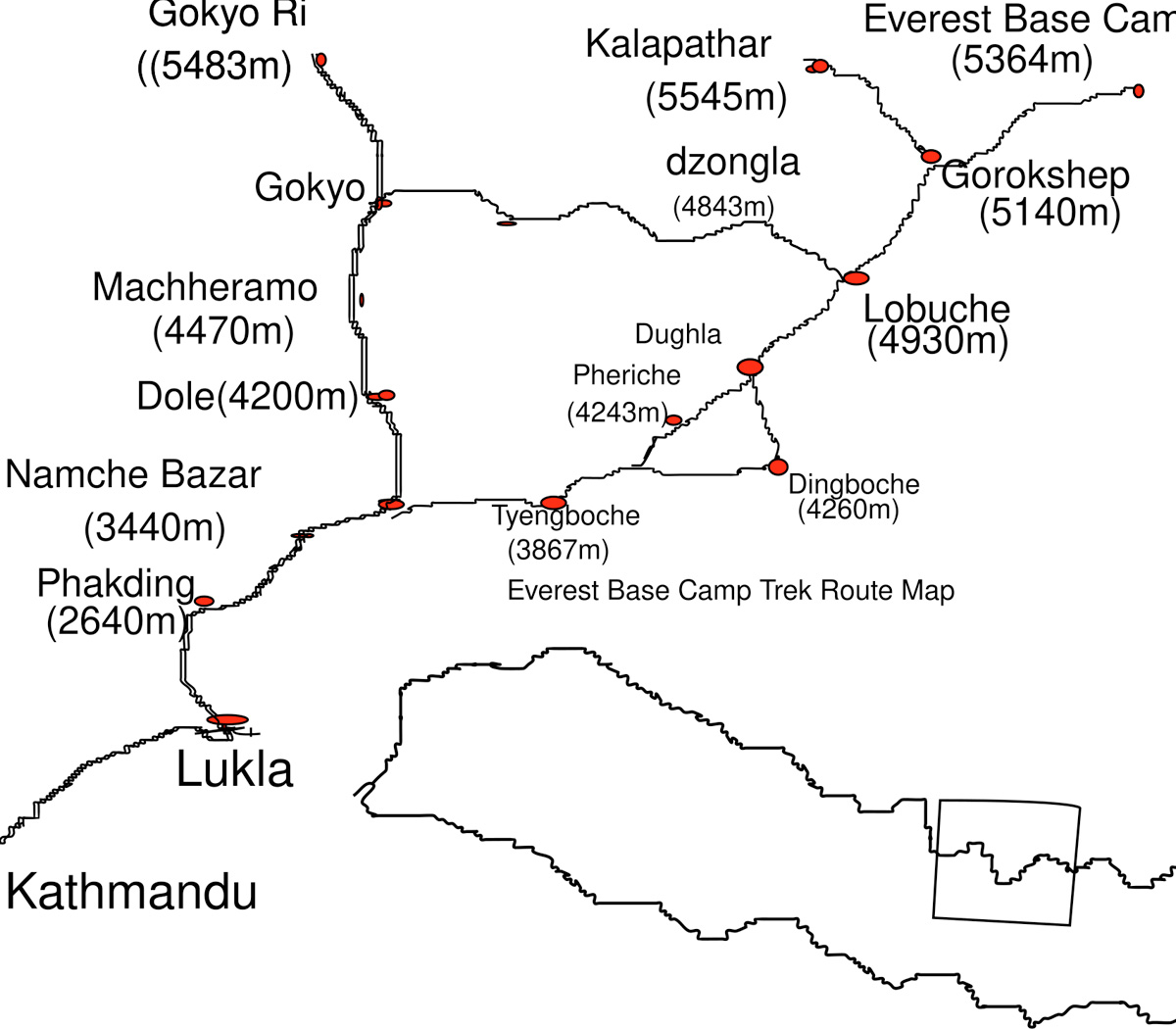
14-Day Everest Base Camp Trek Itinerary (safer, relaxed pace)
Adds extra acclimatization and buffer days — recommended for first-time high-altitude trekkers or those prioritizing safety, photography, and culture.
Days 1–3 — Kathmandu → Lukla → Phakding → Namche Bazaar → Acclimatize in Namche
Same opening, with an extra rest/short-hike day in Namche to strengthen altitude adaptation.
Days 4–6 — Namche → Tengboche → Dingboche → Extra acclimatization in Dingboche
Two acclimatization days (Namche + Dingboche) significantly reduce AMS risk, allow side-hikes, and increase summit-day success.
Days 7–9 — Dingboche → Lobuche → Gorak Shep → EBC (return to Gorak Shep)
More time for photography and to wait for clear weather windows at high camp.
Day 10 — Kala Patthar sunrise → Pheriche (or Dingboche)
Relaxed ascent to Kala Patthar with more time to enjoy the panorama and take recovery day after the high push.
Days 11–13 — Trek back via Namche; flexible buffer day for Lukla flight delays
Extra days reduce stress if Lukla flights are canceled (common), giving you an in-region buffer.
Day 14 — Fly Lukla → Kathmandu
Return to Kathmandu with a safer schedule and full breathing-room for any weather disruptions.
Accommodation, meals & logistics
- Teahouse trekking: shared rooms/dorms, basic hot meals (dal-bhat, soups, pasta). Carry a warm sleeping bag.
- Guides & porters: strongly recommended for navigation, altitude-monitoring, and local support.
- Permits & park fees: buy Sagarmatha NP and local permits in Kathmandu or via agency.
Safety & acclimatization tips
- Pace yourself: follow “walk high, sleep low” where possible and respect rest days.
- Watch AMS signs: headache, nausea, dizziness — descend if symptoms worsen.
- Flights: Lukla flights are scenic but weather-sensitive; plan buffer days.
Complete Equipment List for Everest Base Camp Trek (EBC Trek Packing Guide)
Excellent question — preparing the right equipment for the Everest Base Camp Trek is one of the most important parts of your Himalayan adventure. Below is a complete, SEO-optimized guide to all the essential trekking gear, organized by category and infused with high-volume Google search keywords such as Everest Base Camp trek packing list, EBC trek gear, Everest trekking equipment, cold weather gear Nepal, and best hiking boots for Everest trek.
The Everest Base Camp trek reaches a maximum altitude of 5,550 meters (Kala Patthar), where weather can shift from sunny mornings to freezing nights. To stay safe, warm, and comfortable, you need high-quality trekking equipment — lightweight yet durable.
Trekking Footwear
Your feet are your foundation on this trail. Choosing the right trekking boots and footwear is crucial for comfort and injury prevention.
Essential items:
- Trekking boots (waterproof, high-ankle support) – e.g., Salomon, Lowa, or La Sportiva brands are popular for Everest trekking.
- Lightweight camp shoes or sandals – for evenings in teahouses.
- Warm trekking socks (4–5 pairs) – merino wool recommended for warmth and odor control.
- Liner socks (2 pairs) – to prevent blisters during long walking days.
Clothing Layers (Layering System)
Temperatures vary drastically between Lukla and Everest Base Camp. The layering system helps you stay warm yet breathable.
Base Layers (Innerwear):
- 2–3 sets of moisture-wicking thermal tops and bottoms (merino wool or synthetic).
- Sports bras and underwear (quick-dry).
Mid Layers:
- 1–2 fleece jackets or pullovers for insulation.
- 1 lightweight down jacket or synthetic puffy for cold evenings.
Outer Layer (Shell):
- 1 waterproof/windproof jacket (Gore-Tex or similar)
- 1 waterproof trekking pant for rain or snow.
Headgear & Hand Protection
High-altitude sun and wind can be intense, while nights are freezing.
Essentials:
- Sun hat or cap with a wide brim
- Warm beanie or wool hat for cold nights
- Neck gaiter or buff for dust, cold, and wind protection
- UV-protection sunglasses (Category 3 or 4 lens)
- Inner fleece gloves + waterproof outer gloves
Backpacks & Duffel Bags
Your luggage will likely be carried by a porter, but you’ll need a daypack for essentials.
Recommended:
- Main duffel bag (60–80L) – for porters to carry; waterproof if possible.
- Daypack (30–40L) – for camera, water, snacks, extra layers, and personal items.
- Rain cover for both bags.
- Dry bags for electronics and clothing protection.
Trekking Accessories & Poles
Small accessories can make your trek much safer and more comfortable.
Essentials:
- Trekking poles (collapsible) – reduce knee strain during descent.
- Headlamp with extra batteries – crucial for early morning hikes (Kala Patthar sunrise).
- Water bottles or hydration bladder (2–3L) – avoid plastic bottles; refill at teahouses.
- Water purification tablets or Steripen – safe drinking water is vital.
- Pocket knife or multi-tool (optional).
Sleeping Gear
Although teahouses provide blankets, higher altitudes can get extremely cold.
Recommended:
- Four-season sleeping bag (–10°C to –20°C) – rent in Kathmandu or bring your own.
- Sleeping bag liner – for hygiene and extra warmth.
- Inflatable pillow (optional)
Health, First Aid & Personal Care
At altitude, minor issues like blisters or headaches can become serious if unprepared.
Essentials:
- First aid kit with band-aids, blister pads, antiseptic cream.
- Altitude sickness medication (Diamox, as prescribed by your doctor).
- Painkillers, anti-diarrhea tablets, electrolytes, and water purification tablets.
- Sunscreen (SPF 50+) & lip balm with UV protection.
- Personal hygiene items – toothbrush, biodegradable soap, quick-dry towel, and tissues.
Electronics & Miscellaneous
- Camera or smartphone with power bank (10,000–20,000 mAh)
- Plug adapter (Type C, D, or M) for Nepal’s power sockets.
- Solar charger (optional) for high-altitude charging.
- Travel documents – passport, permits, insurance papers, and some local cash (no ATMs beyond Namche).
What You Can Rent or Buy in Kathmandu
Kathmandu’s Thamel area offers everything from trekking boots and sleeping bags to down jackets for rent or sale. Prices are cheaper, but quality varies — check carefully for warmth ratings and zippers.
Final Packing Tips
- Keep weight below 10–12 kg for your daypack; porters usually carry up to 15–20 kg.
- Layer clothing to adapt to temperature changes.
- Prioritize warmth, comfort, and durability over brand names.
Everest Base Camp Trek Booking Open for 2026, 2027
We are now open for Everest Base Camp Trek bookings for 2026 and 2027! Book your Everest Base Camp Trekearly to secure the best price guarantee and enjoy premium trekking services at the same cost until 2027. Early reservation ensures your spot for the most popular Nepal trekking adventure in the heart of the Himalayas.
The best time for Everest Base Camp Trek is September to November and March to May, when the weather is clear and the views of Mount Everest (8,848m), Lhotse, Ama Dablam, and Nuptse are breathtaking. Our most popular 12 Days Everest Base Camp Trekbegins from Kathmandu to Lukla and follows the classic route through Namche Bazaar, Tengboche, and Gorakshep before reaching Everest Base Camp (5,364m). For travelers who prefer a flexible and safer schedule, we recommend the 14 Days Everest Base Camp Trek, allowing extra time in case of Lukla flight delays due to unpredictable mountain weather.
If you want a shorter itinerary, we also offer the 9 Days Everest Base Camp Trek with Helicopter Return. After exploring Everest Base Camp and hiking to Kalapatthar (5,545m) for the iconic sunrise view, you’ll trek down to Pheriche and then take a scenic helicopter flight to Lukla or Kathmandu — a perfect mix of adventure and luxury.
For those who don’t want to trek but still dream of seeing Mount Everest up close, our Everest Base Camp Helicopter Tour is the ultimate experience. This one-day helicopter tour from Kathmandu takes around 4–5 hours. You’ll fly from Kathmandu to Lukla, then soar above Everest Base Camp, land at Kalapatthar for unforgettable photography, and enjoy a luxury breakfast at Hotel Everest View with stunning mountain panoramas. Ideal for honeymoon couples, senior travelers, and families, this flight can carry up to five passengers per trip.
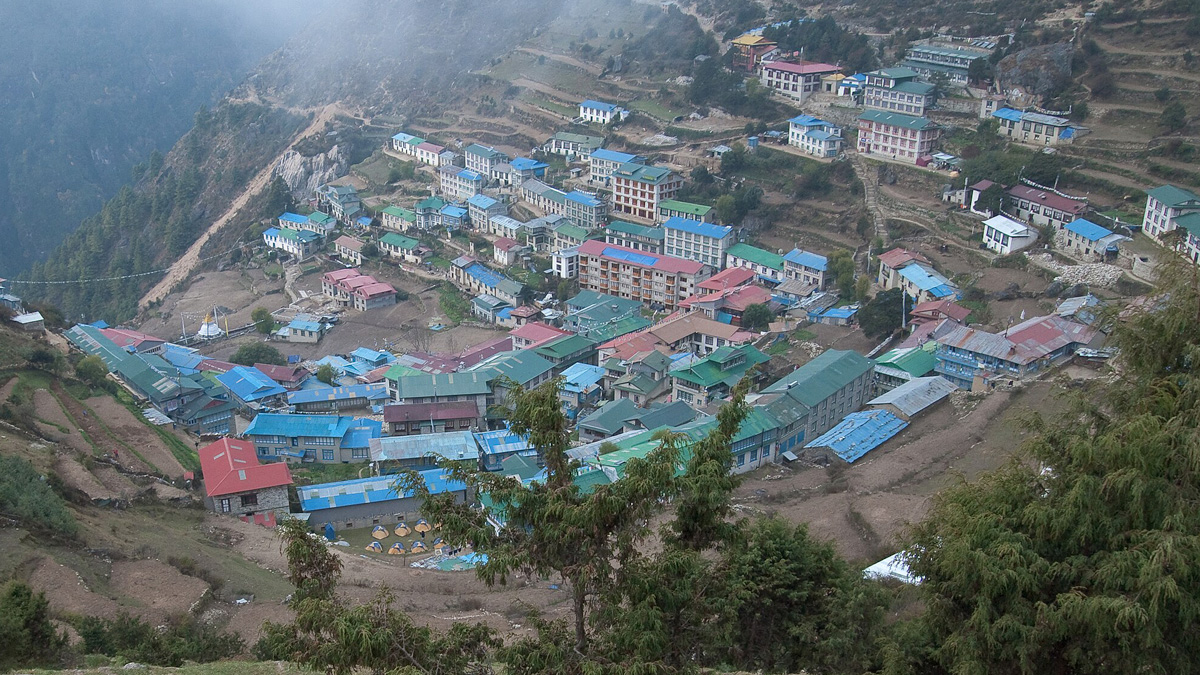
Everest Base Camp Trekking Price for 2026 & 2027 – Book Early for Best Deals!
Plan your Everest Base Camp Trek 2026–2027 and experience Nepal’s most iconic Himalayan adventure at the best guaranteed price. Walk from Lukla to Everest Base Camp (5,364m) through Namche Bazaar, Tengboche, Dingboche, and Kala Patthar (5,550m) for unforgettable mountain views of Everest, Lhotse, and Ama Dablam. Our 12 Days Everest Base Camp Trek and 14 Days EBC Itinerary include all permits, teahouse accommodation, professional guides, and Kathmandu–Lukla flights.
Prices for Everest Base Camp Trek 2026–2027 start from USD 1,350, covering meals, guides, and porters. Early booking ensures locked-in rates, flexible dates, and top-rated Himalayan service.
Book your Everest Base Camp Trekking 2026 or 2027 now and secure your dream adventure to the roof of the world!








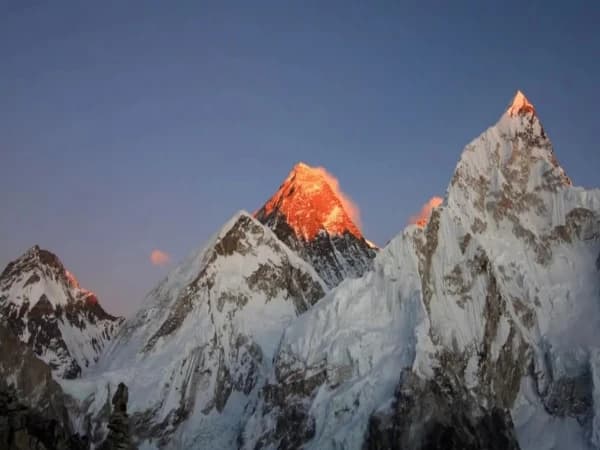
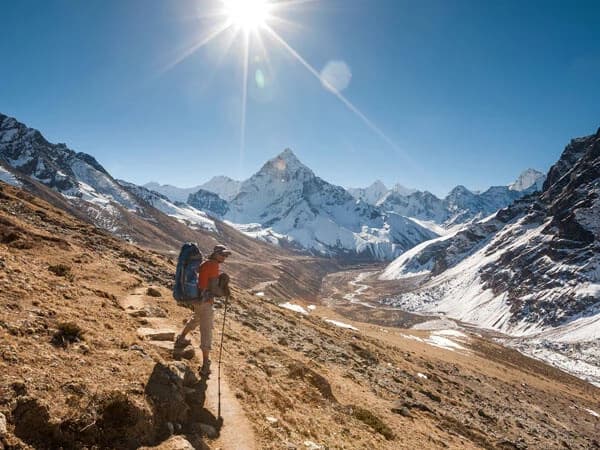
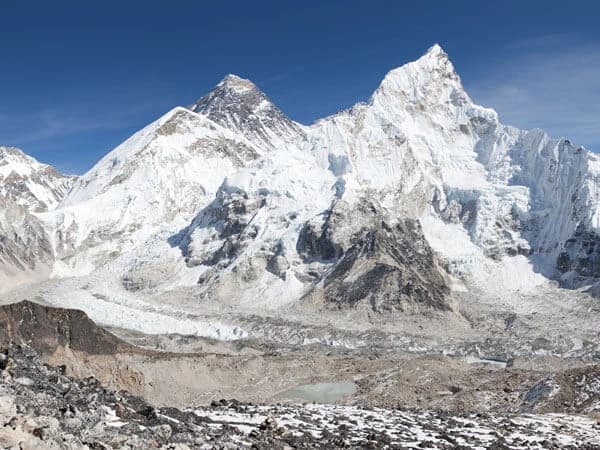
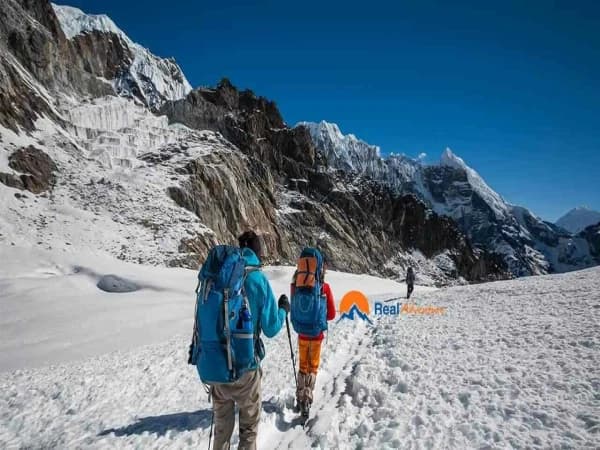
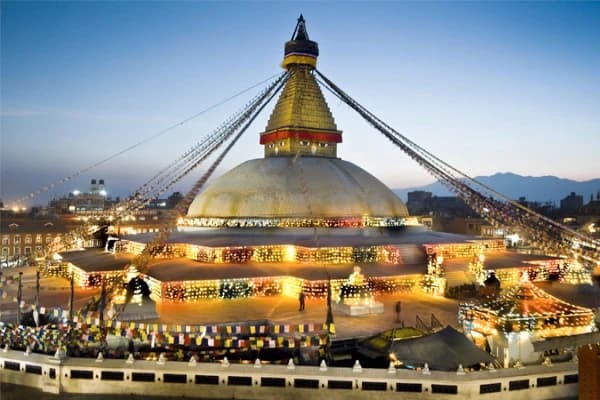
-(5).webp&w=1200&q=75&dpl=dpl_GDHRyonDC5uCJ5MtiFRDmK8W8YHj)
